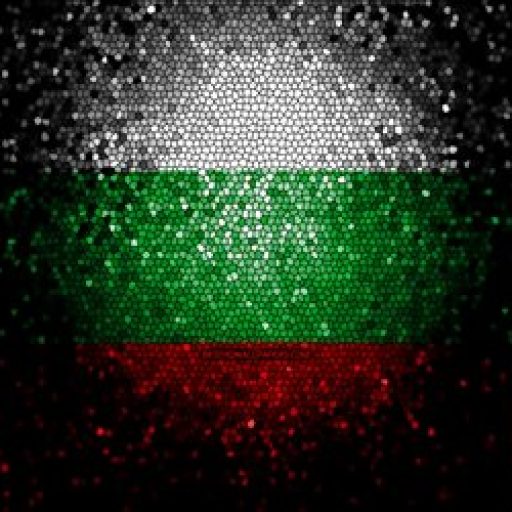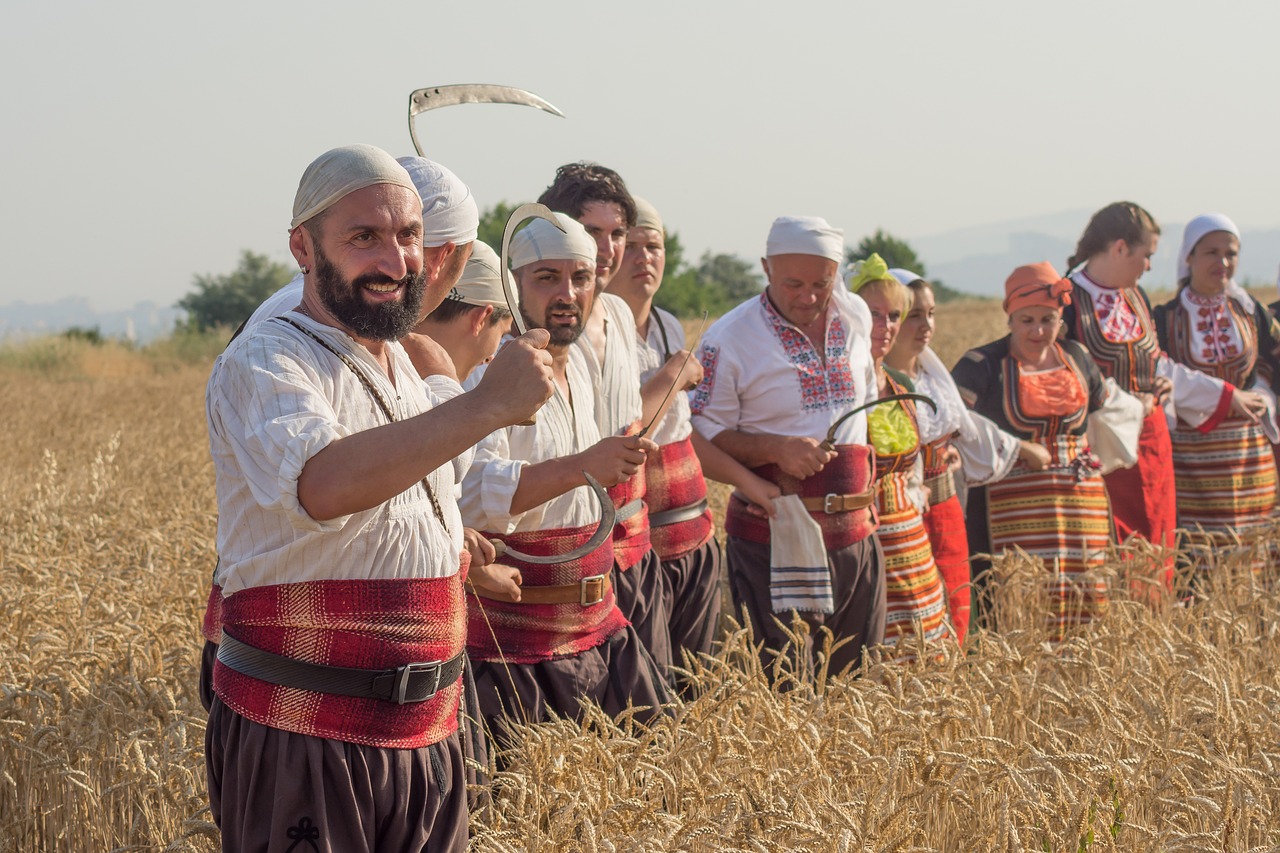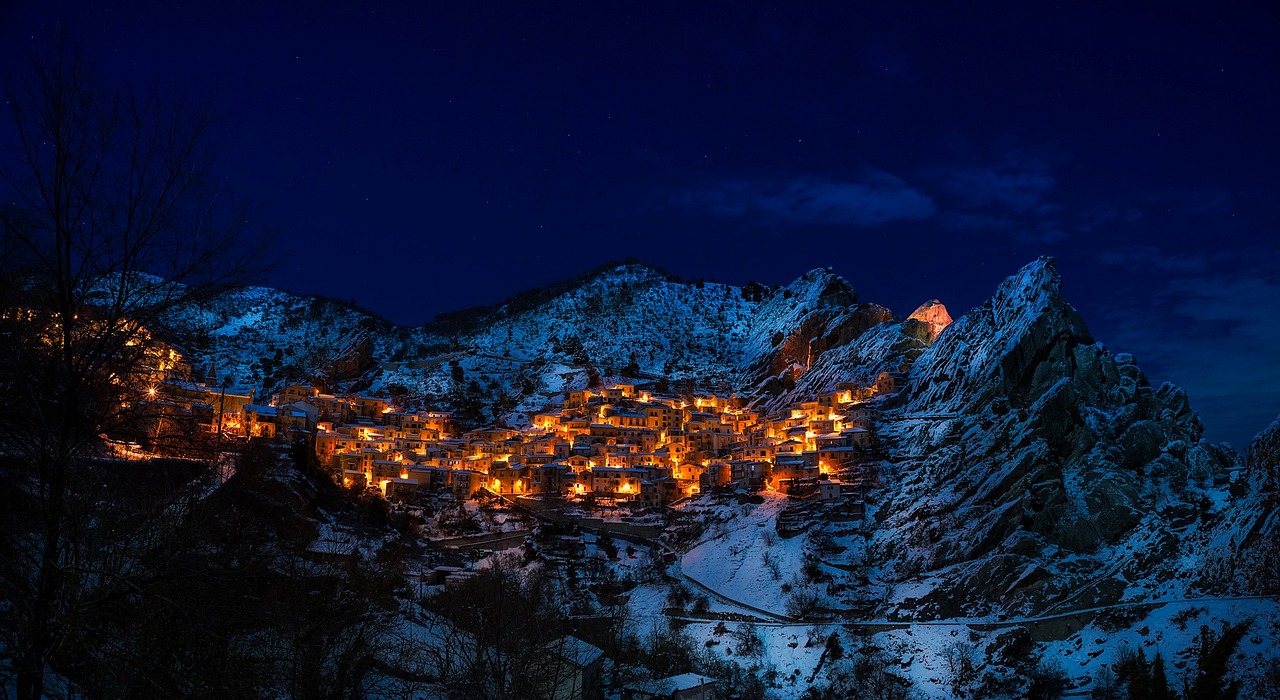In a celebration of Bulgaria’s revolutionary past, the Museum of the Kotel Awakening stands as a significant historical site in Kotel, Bulgaria. Established in 1981 to commemorate Bulgaria’s 1,300th anniversary, this museum offers a captivating journey through the country’s awakening. Housed within the same building as the Georgi Stoykov Rakovski Pantheon, the museum’s four halls each focus on different aspects of Bulgaria’s historical transformation. From the life and works of Sofroniy Vrachanski, including Bulgaria’s first printed book, to the renaissance of Bulgarian literary activity and the collection of firearms and swords owned by freedom fighters, the museum provides a comprehensive exploration of Bulgaria’s revolutionary spirit. The fourth hall is entirely dedicated to Georgi Rakovski, showcasing his revolutionary activities through photographs, documents, and facsimiles. With varying opening hours throughout the year, visitors are invited to delve into Bulgaria’s rich history, while also exploring the nearby Kotel History Museum and other attractions in the area.
Key Takeaways
- The Museum of the Kotel Awakening in Kotel, Bulgaria is housed in the same building as the Georgi Stoykov Rakovski Pantheon and opened in 1981 to celebrate Bulgaria’s 1,300th anniversary.
- The museum’s exhibition is spread throughout four halls: Halls of the Awakeners, Enlighteners, Agitators, and Revolutionaries.
- The first hall is dedicated to Sofroniy Vrachanski and showcases his manuscripts, personal effects, and one of Bulgaria’s first printed books.
- The museum also features a collection of firearms and swords owned by freedom fighters, including a seal owned by Captain Georgi Mamarchev.
Museum Exhibitions
The Museum of the Kotel Awakening in Kotel, Bulgaria, showcases various exhibitions spread throughout four halls, including displays of manuscripts, personal effects, and historical artifacts related to the awakening, enlightenment, agitation, and revolution in Bulgaria. The first hall of the museum is dedicated to Sofroniy Vrachanski, featuring interactive displays that showcase his manuscripts and personal effects. It also includes artifacts that highlight the significance of one of Bulgaria’s first printed books, the first copy of Paisiy Hilendarski’s History of the Bulgarian Slavs. The second hall focuses on the renaissance of Bulgarian literary activity, exhibiting the first Bulgarian periodical writing and books by respected writers from Kotel. The third hall features a collection of firearms and swords owned by freedom fighters, including the seal owned by Captain Georgi Mamarchev. Lastly, the fourth hall is dedicated to Georgi Rakovski, showcasing his revolutionary activities through photographs, documents, and facsimiles.
Historical Figures
Notable individuals from the period include Sofroniy Vrachanski, Paisiy Hilendarski, and Georgi Rakovski. These historical figures played significant roles in Bulgaria’s revolutionary past and are celebrated in the Museum of the Kotel Awakening. Their contributions are highlighted in the exhibition halls, showcasing their manuscripts, personal effects, and revolutionary activities. Visitors can explore the museum and learn more about these influential figures through the following highlights:
- Sofroniy Vrachanski’s manuscripts and personal belongings
- One of Bulgaria’s first printed books by Paisiy Hilendarski
- Collection of firearms and swords owned by freedom fighters, including a seal owned by Captain Georgi Mamarchev
- Georgi Rakovski’s revolutionary activities displayed through photographs, documents, and facsimiles
- The museum’s virtual map and photos on the Kotel History Museum website allow visitors to further explore the historical figures’ legacies.
By studying the lives and contributions of these individuals, visitors gain a deeper understanding of Bulgaria’s revolutionary past and the importance of their revolutionary activities in shaping the nation’s history.
Visitor Information
Located in the town of Kotel, the Museum of the Kotel Awakening provides essential visitor information for those interested in exploring the historical figures and artifacts associated with Bulgaria’s revolutionary history. The museum offers various visitor facilities to ensure a comfortable and informative experience. The exhibition is spread throughout four halls, each dedicated to different aspects of the awakening. From manuscripts and personal effects of Sofroniy Vrachanski to a collection of firearms and swords owned by freedom fighters, the museum showcases a wide range of significant artifacts. To accommodate visitors, the museum has specific opening hours. From March to October, it is open from 9.00 am to 12.30 pm and 1.30 pm to 6.00 pm, while from November to February, the museum is open from 8.00 am to noon and 1.00 pm to 5.00 pm.
Frequently Asked Questions
What is the significance of the Museum of the Kotel Awakening in Bulgaria’s history?
The Museum of the Kotel Awakening holds great significance in Bulgarian history as it showcases the impact of the Kotel Awakening on Bulgarian society. One interesting statistic is that it opened in 1981 to celebrate Bulgaria’s 1,300th anniversary.
How can visitors access the Museum of the Kotel Awakening’s virtual map and photos?
Visitors can access the Museum of the Kotel Awakening’s virtual map and interactive photos through the museum’s website, www.kotel.bg. The website offers these resources for visitors to explore and learn about the exhibits remotely.
Are there any restrictions on using the images and materials from the Kotel History Museum’s website?
The Kotel History Museum’s website has rules and restrictions regarding the use of images and materials. The intellectual property rights of the museum’s website protect the images and materials, which are owned by the Ministry of Tourism.
What are some recommended attractions in the area of Kotel, Bulgaria?
Recommended attractions in the area of Kotel, Bulgaria include Sliven, Sinite Kamani Natural Park, Veliki Preslav National Historical-Archaeological Reserve, and Slivenski Mineralni Bani. Visitors can also explore the local cuisine in the area.
What are the opening hours and contact information for the Tourist Information Center in Sliven?
The opening hours of the Tourist Information Center in Sliven, Bulgaria are Monday to Friday, 08:00 am to 05:00 pm. The contact number is +359 44 61148 and the email is infotourist@sliven.bg.











